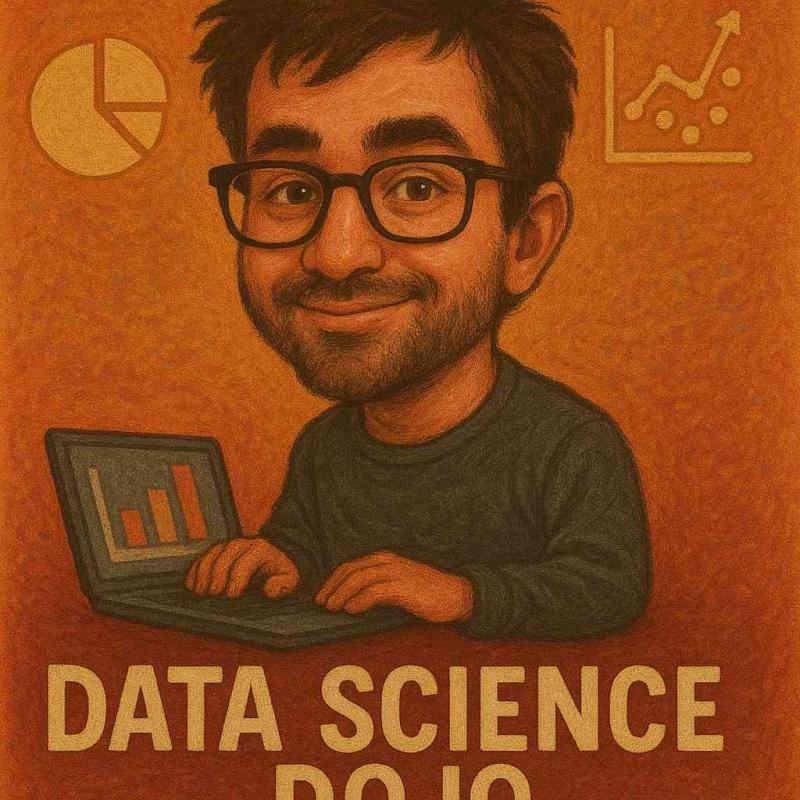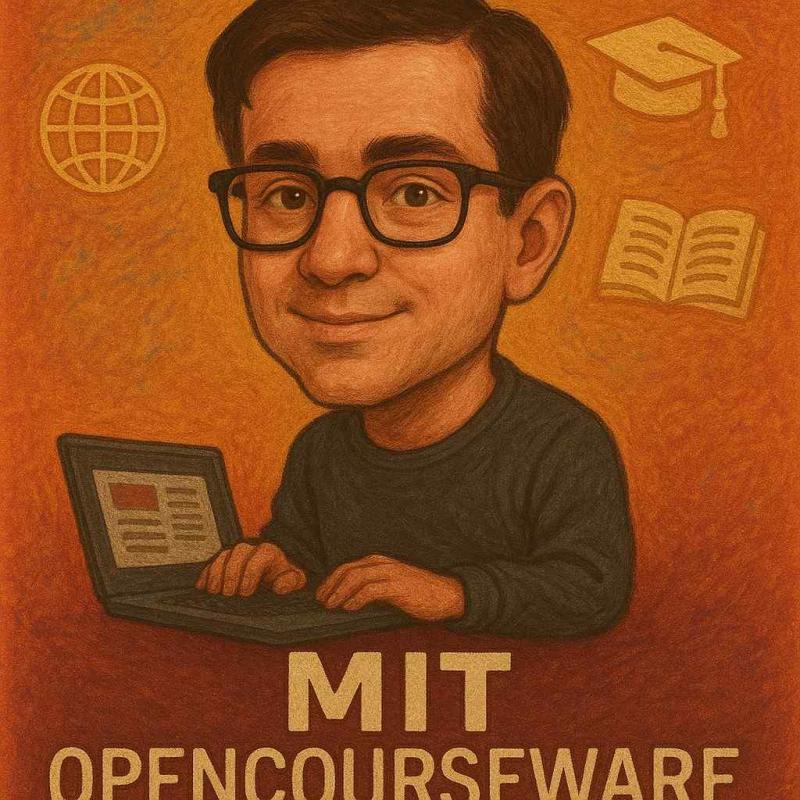Jeremy Howard – The Unlikely Rockstar of Deep Learning Education
Let’s start with a weird confession: I once tried to learn deep learning from a 40-minute lecture filled with Greek letters and monotone mumbling. I gave up at minute eight. Then I discovered Jeremy Howard—and boom, everything changed. Not only did I stick through an entire lesson, I actually understood it. Me! Understanding tensors! Wild.
Now, if you're unfamiliar with Jeremy Howard, buckle up. This guy isn’t your typical AI bro wearing a Patagonia vest and dropping NFT tips between code demos. He’s a former strategy consultant, a medical data crusader, and—somehow—a humble wizard of machine learning.
Most importantly, he's the co-founder of fast.ai, the platform that basically flipped the table on traditional deep learning education.
Why Should You Care About Jeremy Howard?
Simple: he made deep learning feel... learnable. You don’t need a PhD in math. Or a GPU farm in your garage. Or the patience of a monk. Jeremy teaches you to build real AI stuff with code-first, hands-on learning.
He doesn’t just preach democratization of AI—he lives it.
And the way he teaches? Totally refreshing. It’s like learning from your brilliant older cousin who’s a little intense, wildly passionate, but still makes time to explain what “gradient descent” really means (without shaming you for not knowing already).
fast.ai: Not Just Another MOOC
Let’s talk about fast.ai for a second. Because, oh boy, it’s different.
What makes it special?
You know how most courses make you slog through theory before you can write a line of code? Not fast.ai.
Jeremy flips that.
Here’s what you get:
-
Practical first, theory later
You build a model that actually works in week one. And yeah, it might blow your mind. -
Top-tier tools, zero gatekeeping
You use real tools (like PyTorch), not watered-down “training wheels” libraries. -
Open source all the way
fast.ai isn’t just a course—it’s a library, a research lab, and a community. Totally free. Because, according to Jeremy, access to powerful education shouldn’t cost thousands.
Honestly? It feels less like school and more like a hacker dojo—with better documentation.
Jeremy’s Teaching Style: Quirky, Kind, and Sharp as Heck
Let me paint you a picture.
Jeremy’s in a wrinkled shirt, sleeves rolled up, sketching a neural net on a whiteboard. He’s mid-sentence, then suddenly stops: “Wait, that’s too abstract. Let’s write some code instead.” That’s his vibe.
And it works. Here's why:
-
He makes mistakes on purpose, live. So you learn how to debug.
-
He constantly asks, “Why?” Because he knows people copy-paste without understanding.
-
He encourages curiosity over credentials. If you’re asking questions, you’re doing it right.
Oh—and did I mention he hates unnecessary complexity? If a paper has ten equations and no intuition, he’ll call it out. (Yes, he’s that brave. Bless him.)
What Jeremy Teaches (Spoiler: Not Just Tech)
Sure, Jeremy teaches deep learning. But if you’re only here for the code, you’re missing the big picture.
He weaves in:
-
Ethics in AI
He’s one of the loudest voices warning about bias, accessibility, and corporate overreach in ML. He’s even testified before the U.S. Senate (not exactly your average coding instructor, right?). -
Health tech and medical applications
He co-founded a health diagnostics startup, worked on pandemic modeling, and pushed for open, collaborative science during COVID-19. The man cares. -
Teaching you to think critically
Jeremy doesn’t just say “here’s how.” He says, “Should we even do this?” And that’s rare in tech circles that love chasing shiny things.
So yeah. He’s technical. But also philosophical. And maybe a little intense. But in the best way.
Best Resources from Jeremy (IMO)
Trying to figure out where to start? I got you.
Here are a few gems from the Jeremyverse:
1. Practical Deep Learning for Coders (Course)
-
This is the fast.ai flagship. If you can write basic Python, you can start building real models in days.
2. The fastbook (aka Deep Learning for Coders with fastai & PyTorch)
-
Co-written with Sylvain Gugger. It’s more than a book—it’s a movement. Funny, approachable, deeply technical when it needs to be. Bonus: it's open-source and free to read online.
3. Interviews & Talks
-
Look up his interview on Lex Fridman’s podcast or his TEDx talk. Pure gold. He talks about everything from algorithmic inequality to why teaching math last is better for most learners.
4. His Twitter/X Feed
-
Okay, this one’s chaotic. But delightful. Expect AI rants, public health insights, spicy opinions, and code tips—sometimes all in the same thread.
Real Talk: Is Jeremy’s Stuff for Everyone?
Let me be honest.
If you:
-
Want to memorize algorithms just to impress your friends,
-
Think AI is just about beating benchmarks,
-
Prefer rigid, academic instruction,
...then Jeremy’s style might frustrate you.
But if you:
-
Love asking “how?” and “why?”,
-
Enjoy learning by doing (and messing up),
-
Want to build things and think deeply about their impact,
...then you’ll feel right at home.
Seriously, the fast.ai forums alone are worth joining. It’s one of the most welcoming ML communities online. No elitist vibes, no “read the paper” gatekeeping. Just people helping each other grow.
The Legacy Jeremy’s Building (Whether He Likes It or Not)
Some educators build courses.
Jeremy builds movements.
He made deep learning accessible. He insisted that people from non-traditional backgrounds can become world-class practitioners. And you know what? They did.
There are now doctors, musicians, and high schoolers training vision models—because fast.ai taught them they could.
That’s not just good teaching. That’s transformational.
My Parting Thoughts (And a Tiny Nudge)
I still remember the moment when I trained my first classifier using Jeremy’s method. It was a crappy image model that could tell hotdogs from not-hotdogs. But it worked. And it felt like magic.
That feeling? That’s what Jeremy unlocks for people.
So if you’ve ever felt like AI wasn’t for “people like you,” try watching just one video of his. Or read one chapter from fastbook. It might shift something in your brain. It did for me.
And who knows? You might be training language models by next month. Or, you know... building the next breakthrough in medical AI while eating cereal in your pajamas.
Jeremy would probably approve. :)



